Filter data
|
ID |
Nickname |
Country / City |
Languages |
Taxonomies |
Comment |
Project / Group |
Map |
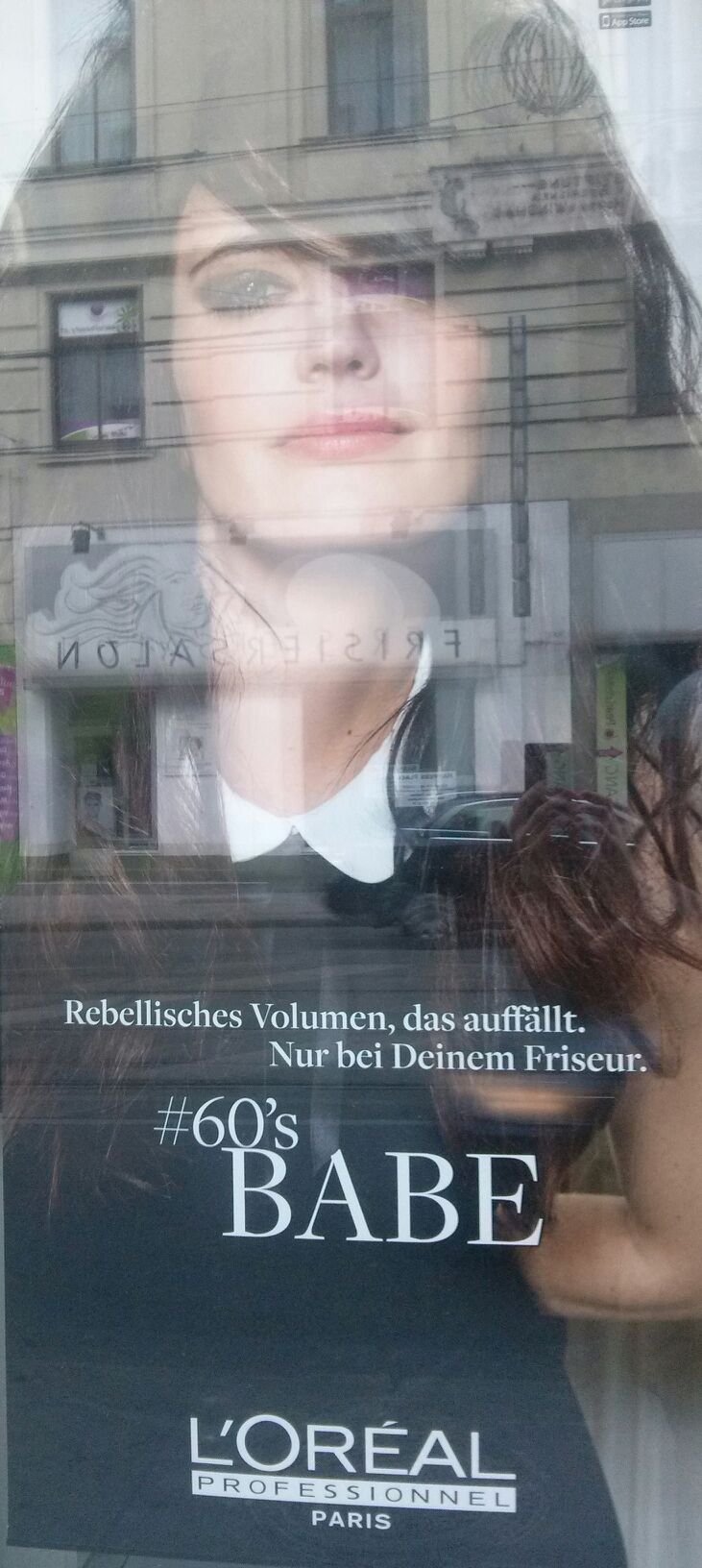
|
3282
|
|
Austria
Wien
|
|
|
—
|
|
|
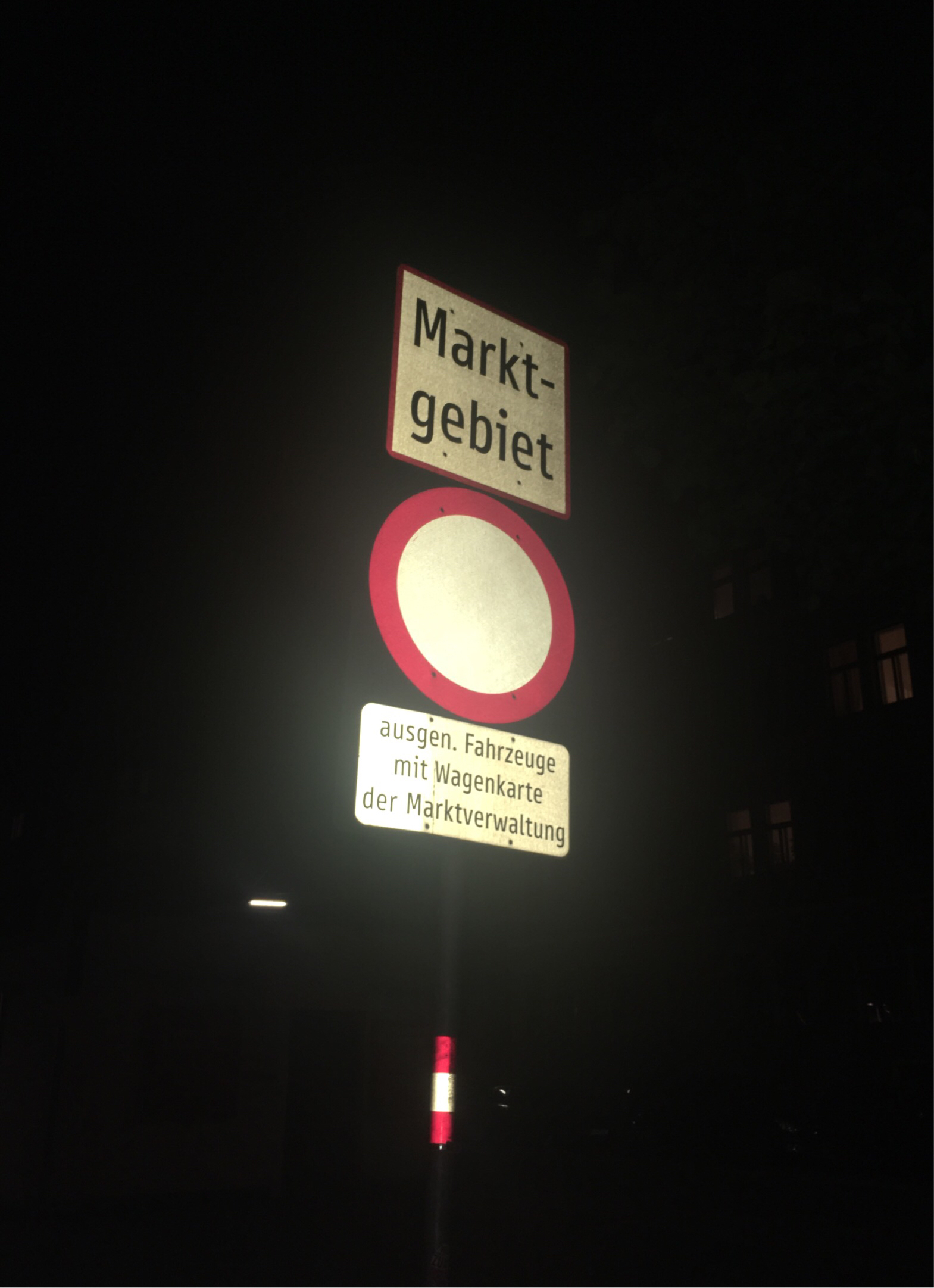
|
5586
|
|
Österreich
Wien
|
|
|
—
|
|
|

|
6098
|
|
Austria
Wien
|
|
|
@CGR
|
|
|

|
8146
|
|
Austria
Wien
|
|
|
#florek
|
PSDN_Z
|
|
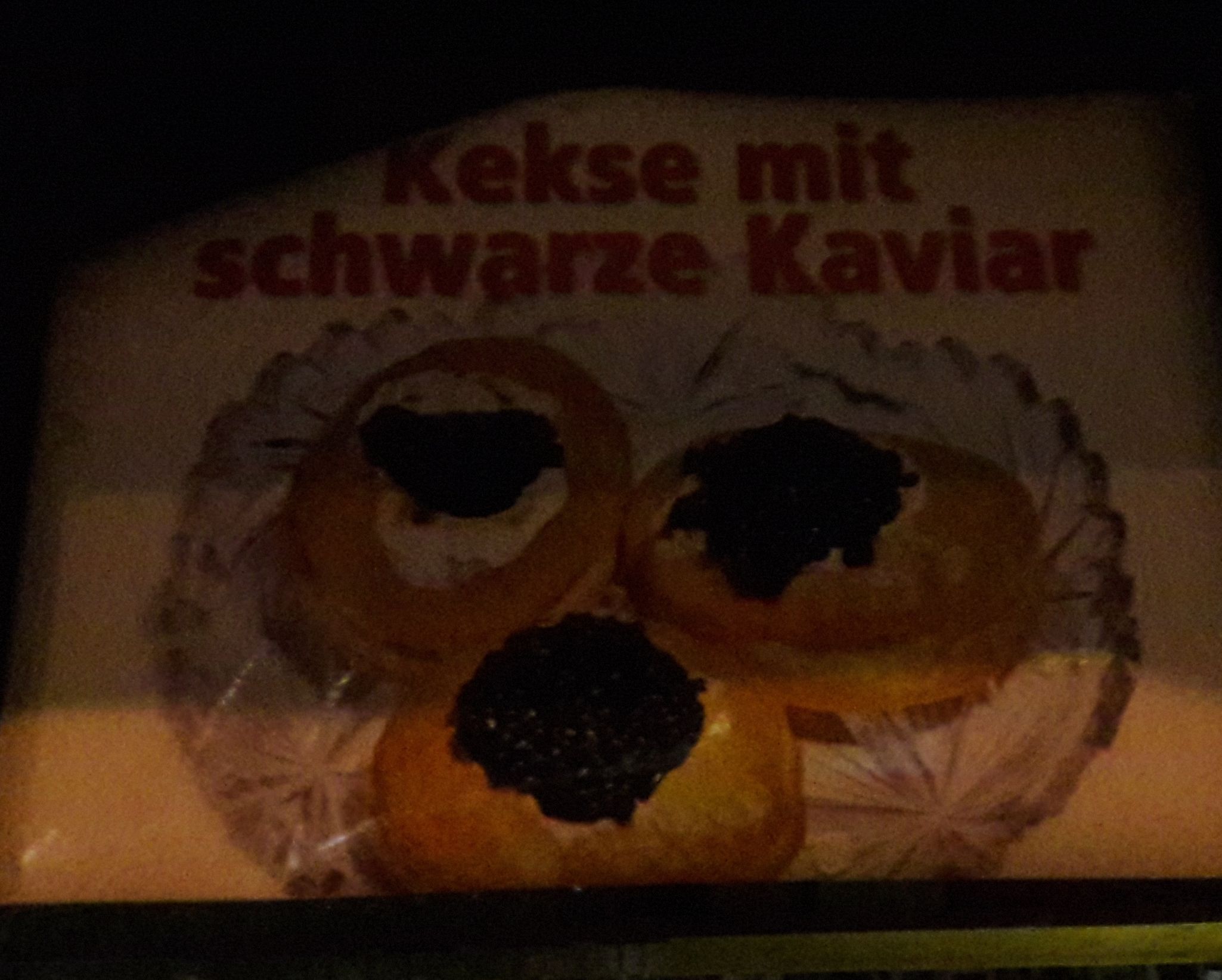
|
10962
|
|
Austria
Wien
|
|
|
#grammar
|
error404
|
|
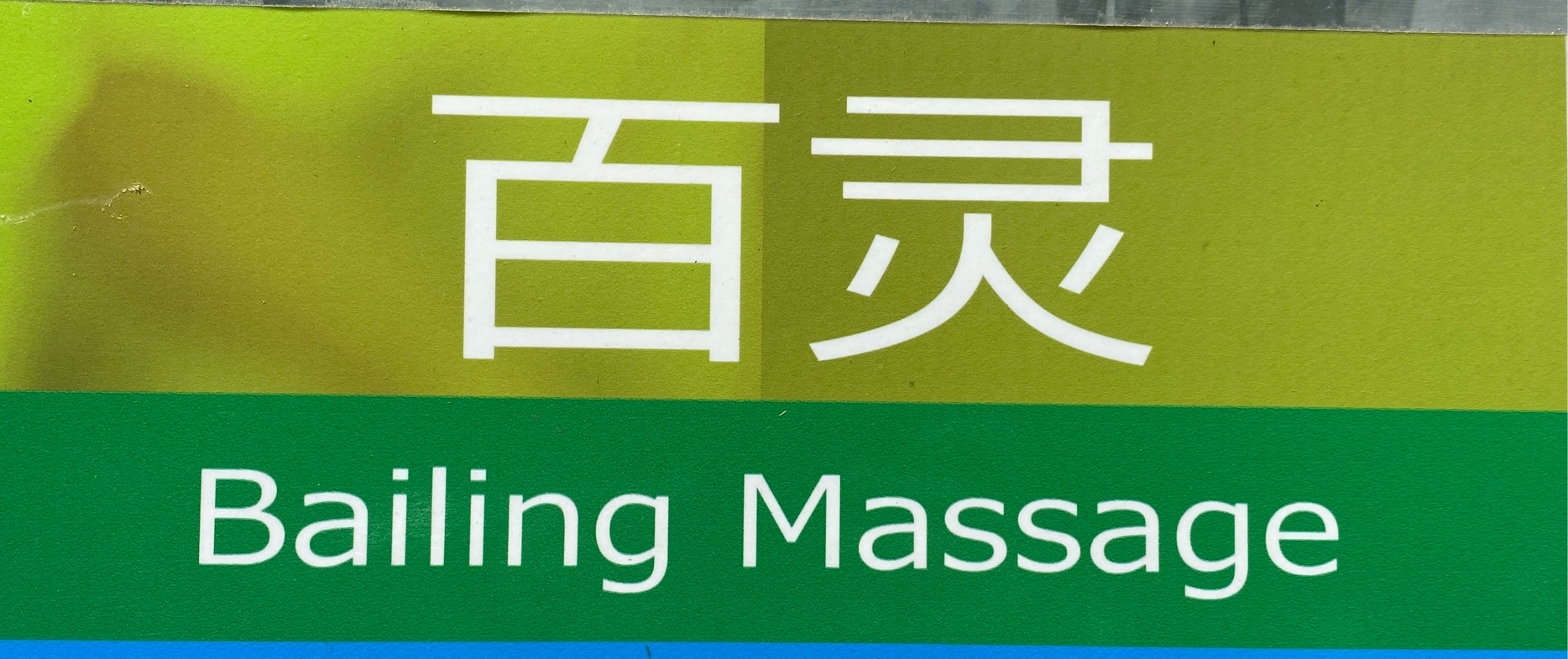
|
81874
|
|
Österreich
Wien
|
|
|
ENG:Bailing Massage ; Wahrscheinlich Chinesisch
|
VisibLL_VB1
|
|
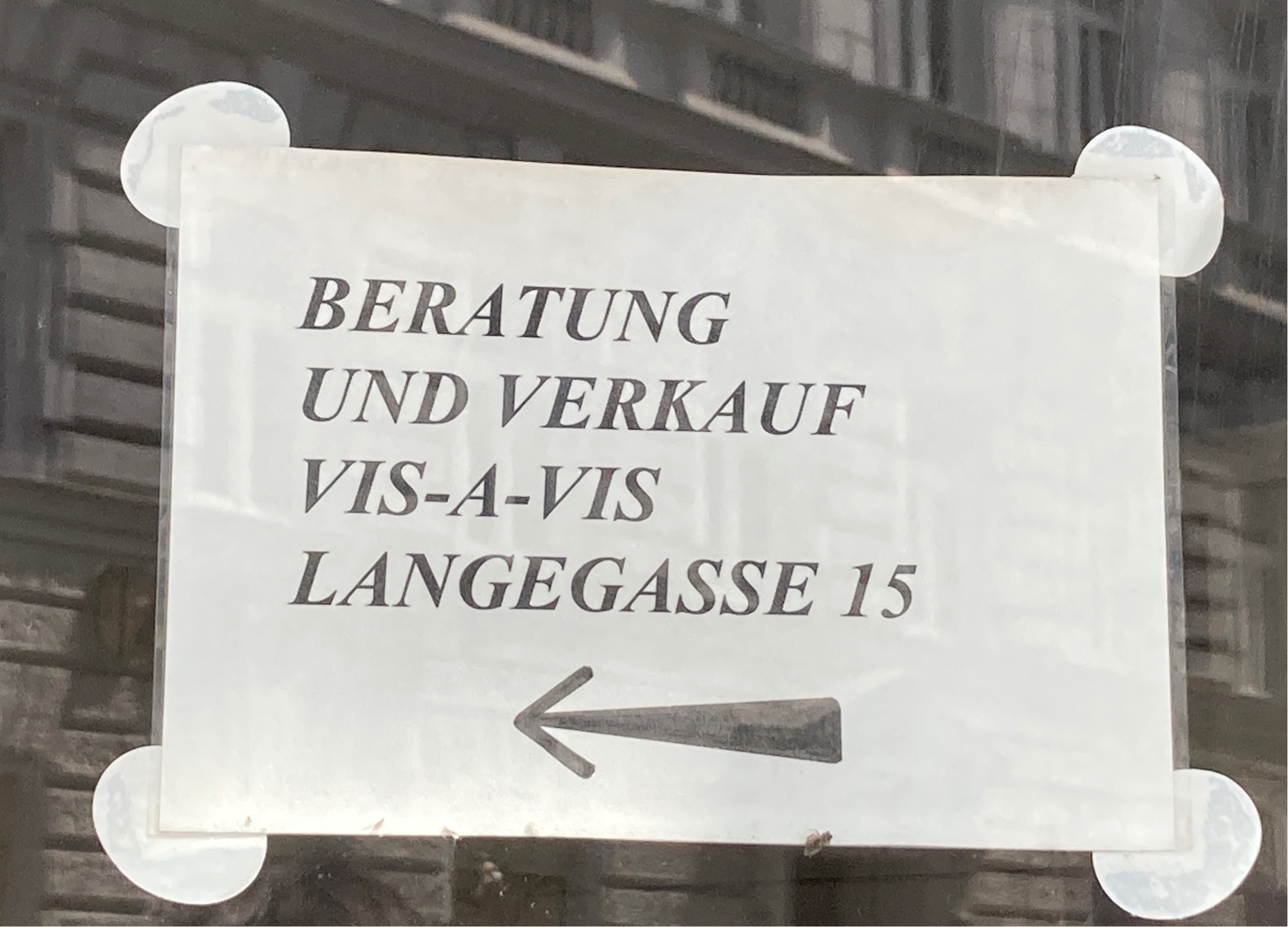
|
82130
|
|
Österreich
Wien
|
|
|
—
|
VisibLL_VB1
|
|
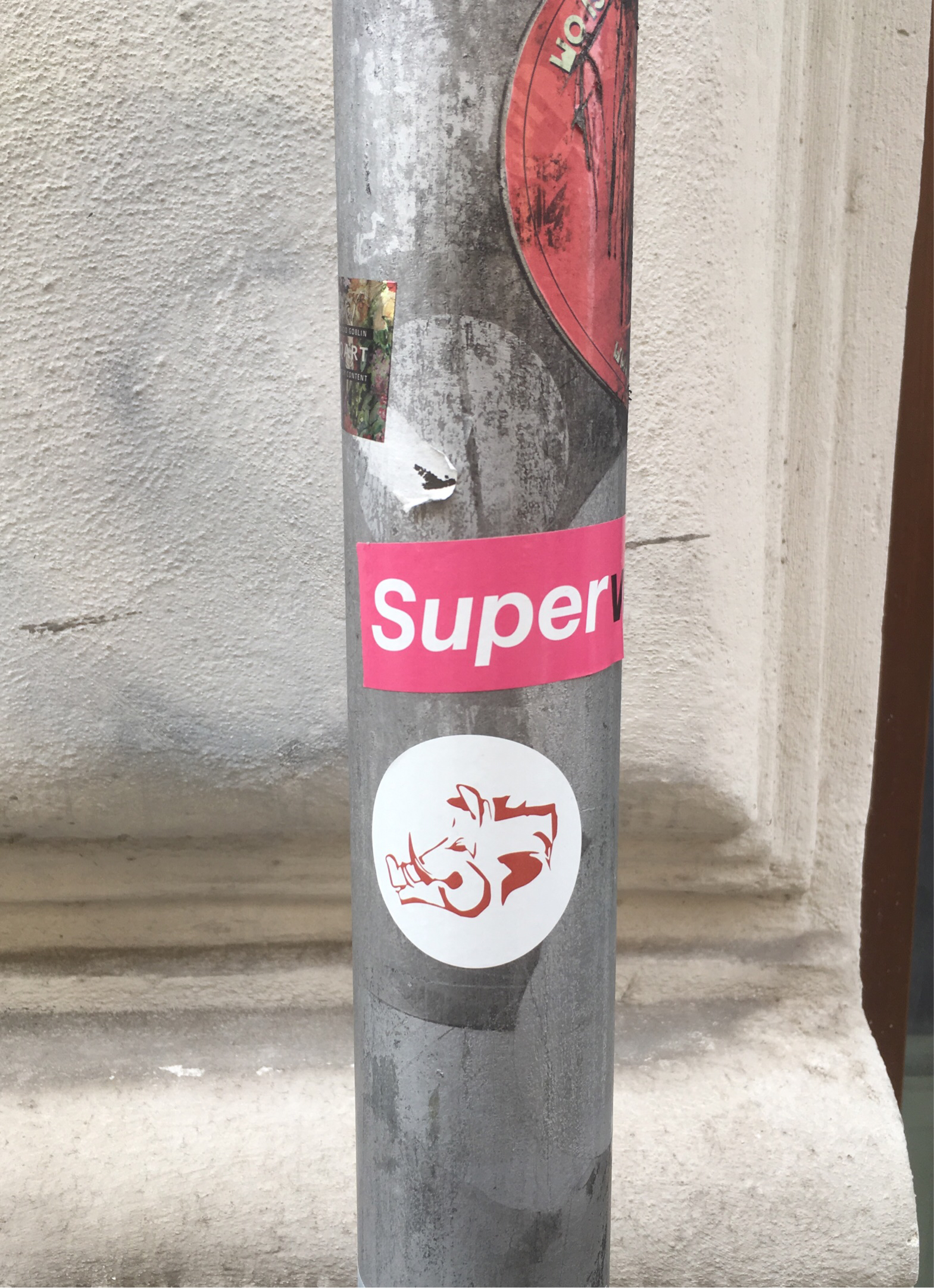
|
16850
|
|
Österreich
Wien
|
|
|
#samm #sticker &jugendsprache #info @straßenschild
|
IamDiÖ
|
|
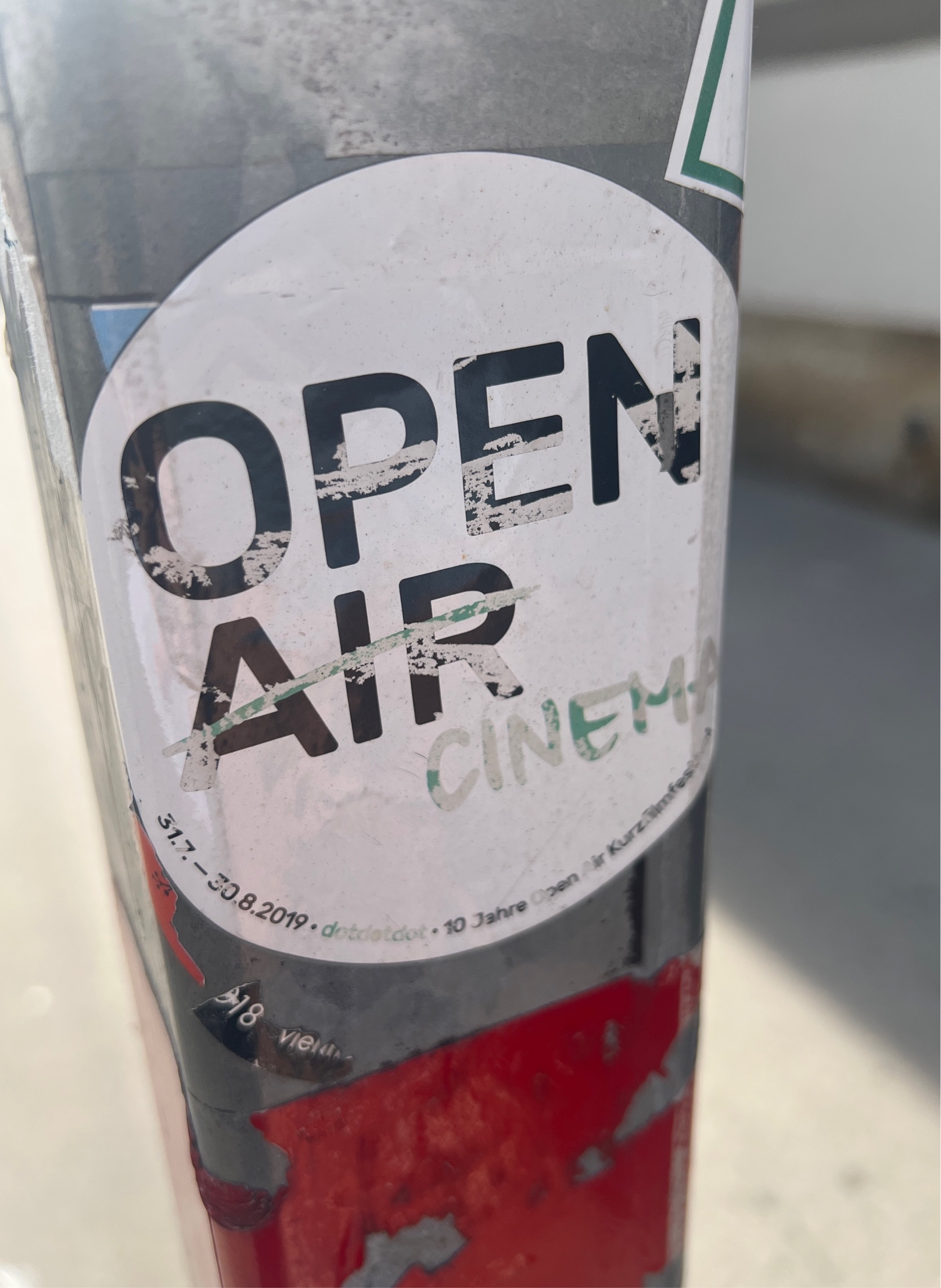
|
82386
|
|
Österreich
Wien
|
|
|
Open air cinema (eng)
|
VisibLL_VB2
|
|
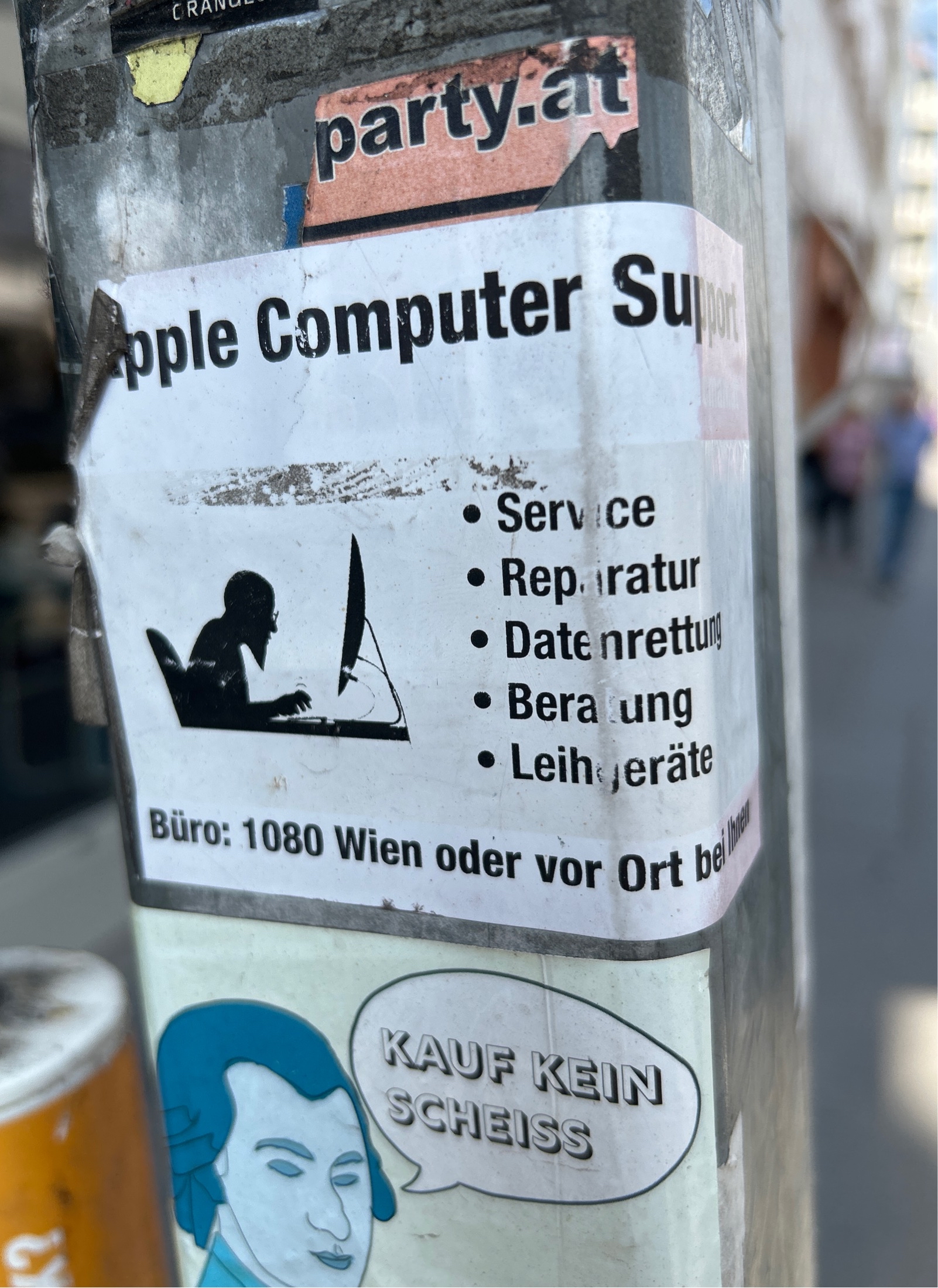
|
82642
|
|
Österreich
Wien
|
|
|
Amb: Computer Service Eng: apple
|
VisibLL_VB2
|
|
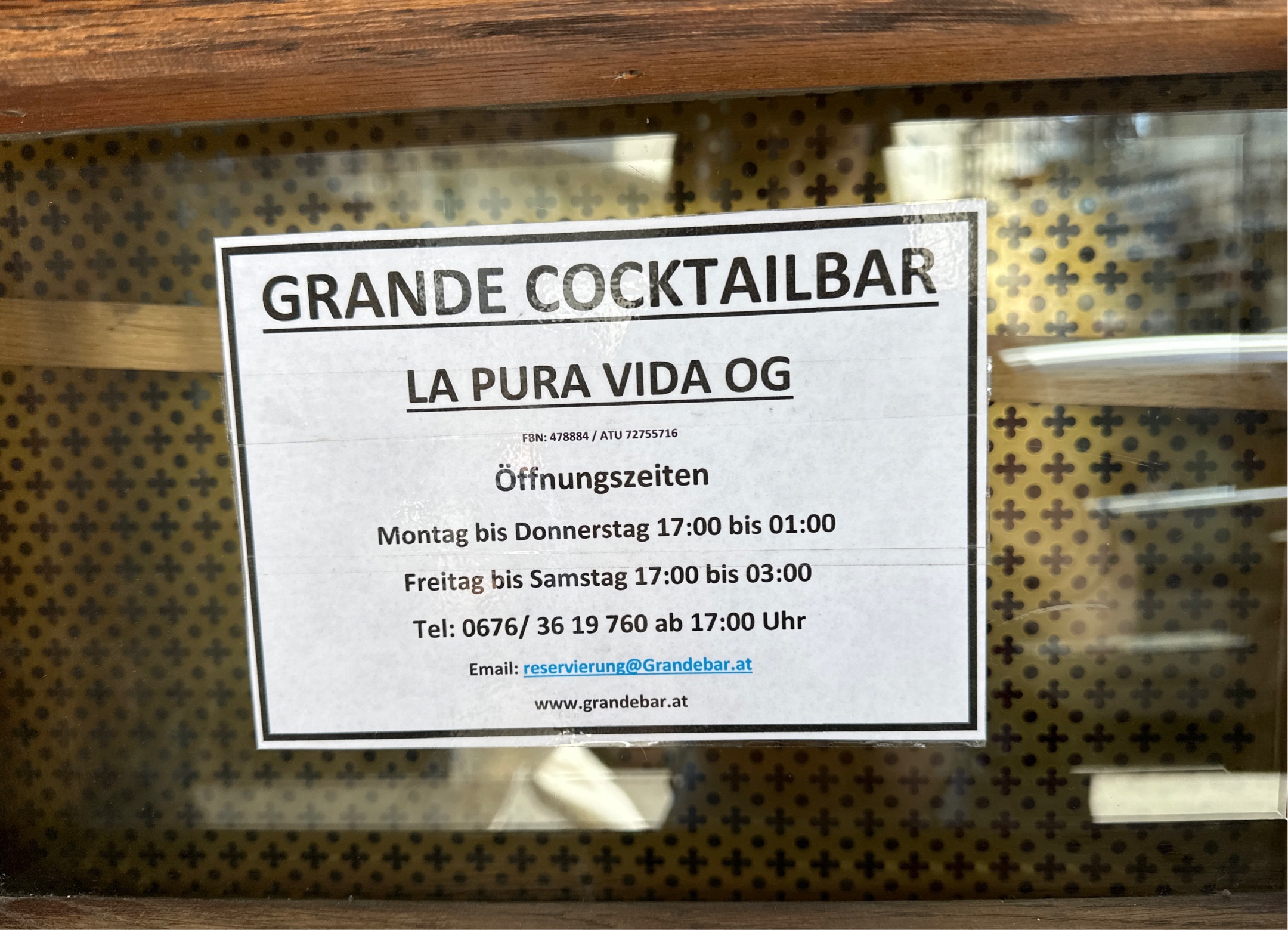
|
82898
|
|
Austria
Wien
|
|
|
ita: grande, la pura vida
eng: cocktailbar
|
VisibLL_VB2
|
|
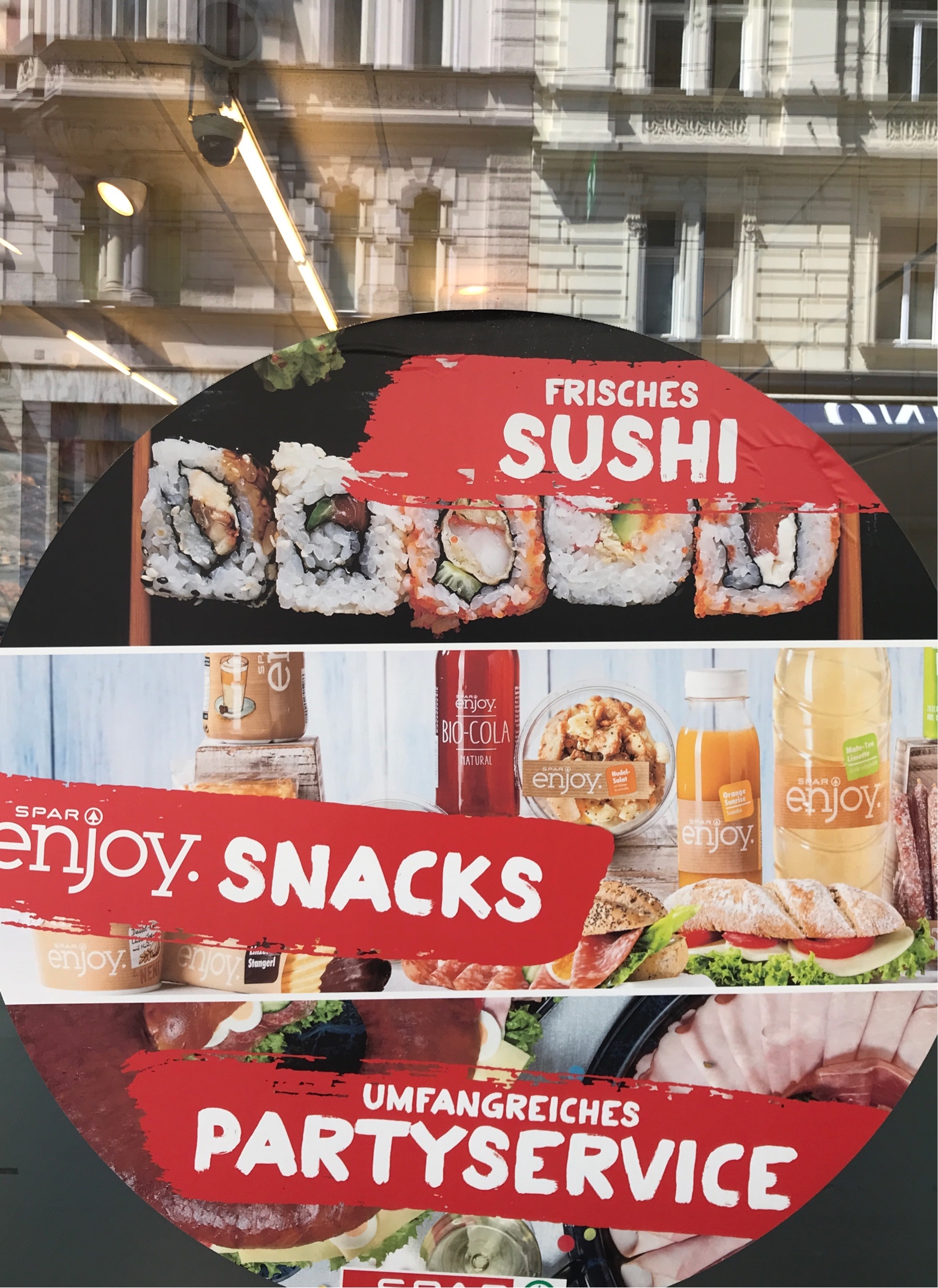
|
83154
|
|
Österreich
Wien
|
|
|
ENG: enjoy, snacks, partyservice, AMB: sushi DEU: rest
|
VisibLL_VB2
|
|
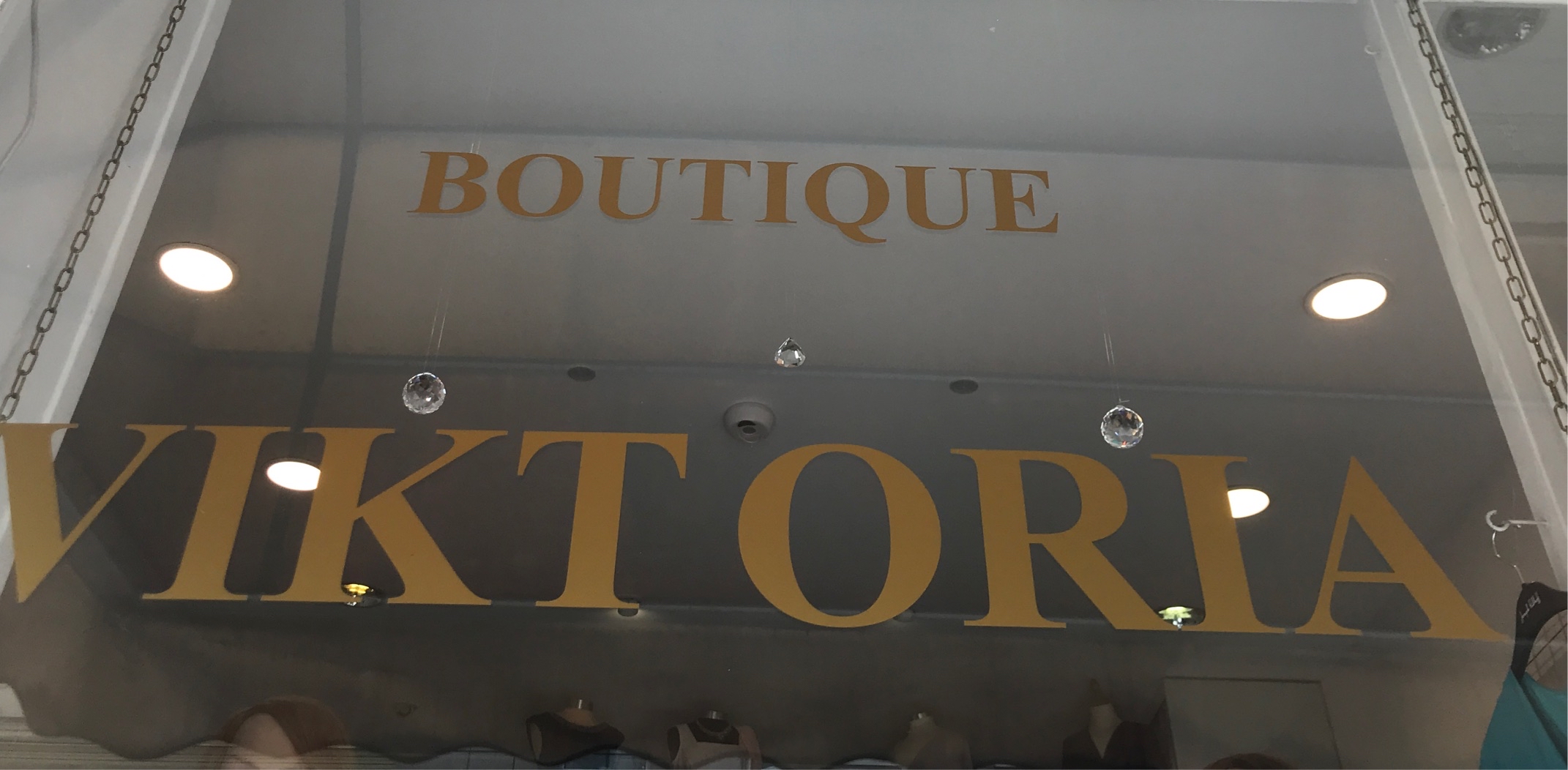
|
83410
|
|
Österreich
Wien
|
|
|
fra: boutique
|
VisibLL_VB2
|
|
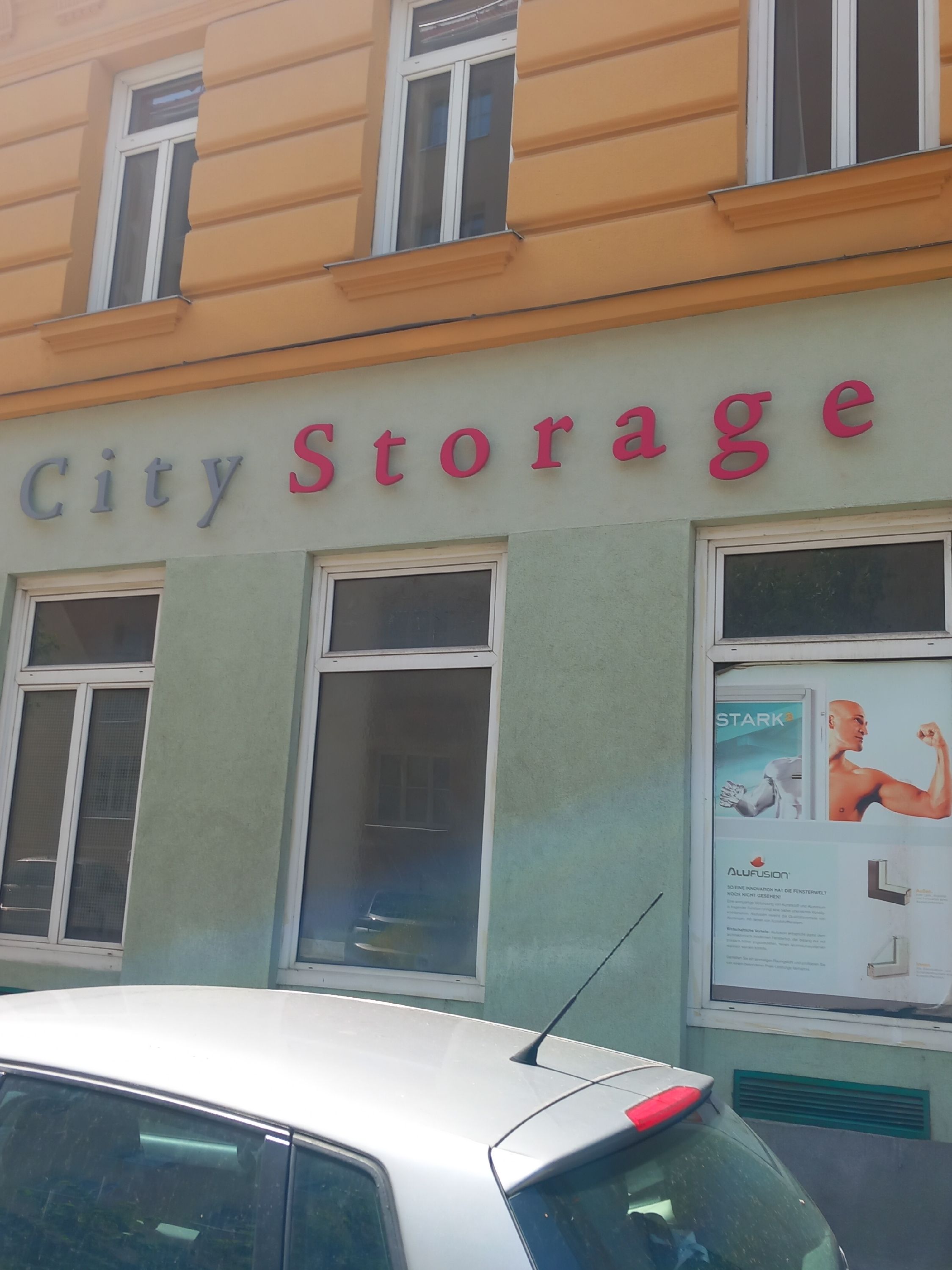
|
83666
|
|
Austria
Wien
|
|
|
—
|
VisibLL_VG1
|
|
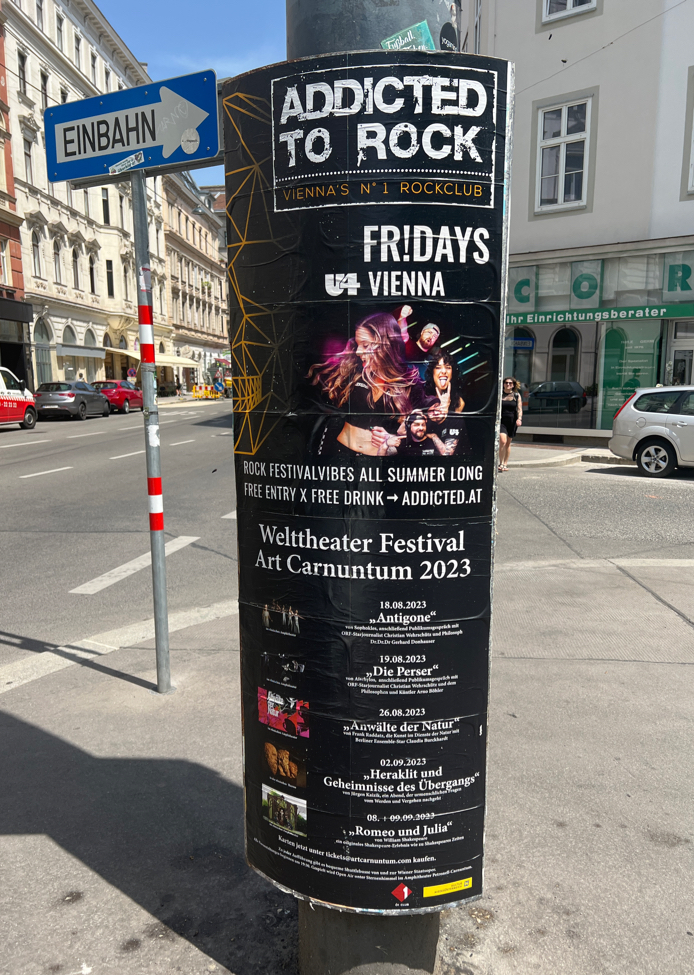
|
83922
|
Walfisch
|
Österreich
Wien
|
|
|
—
|
VisibLL_VG1
|
|
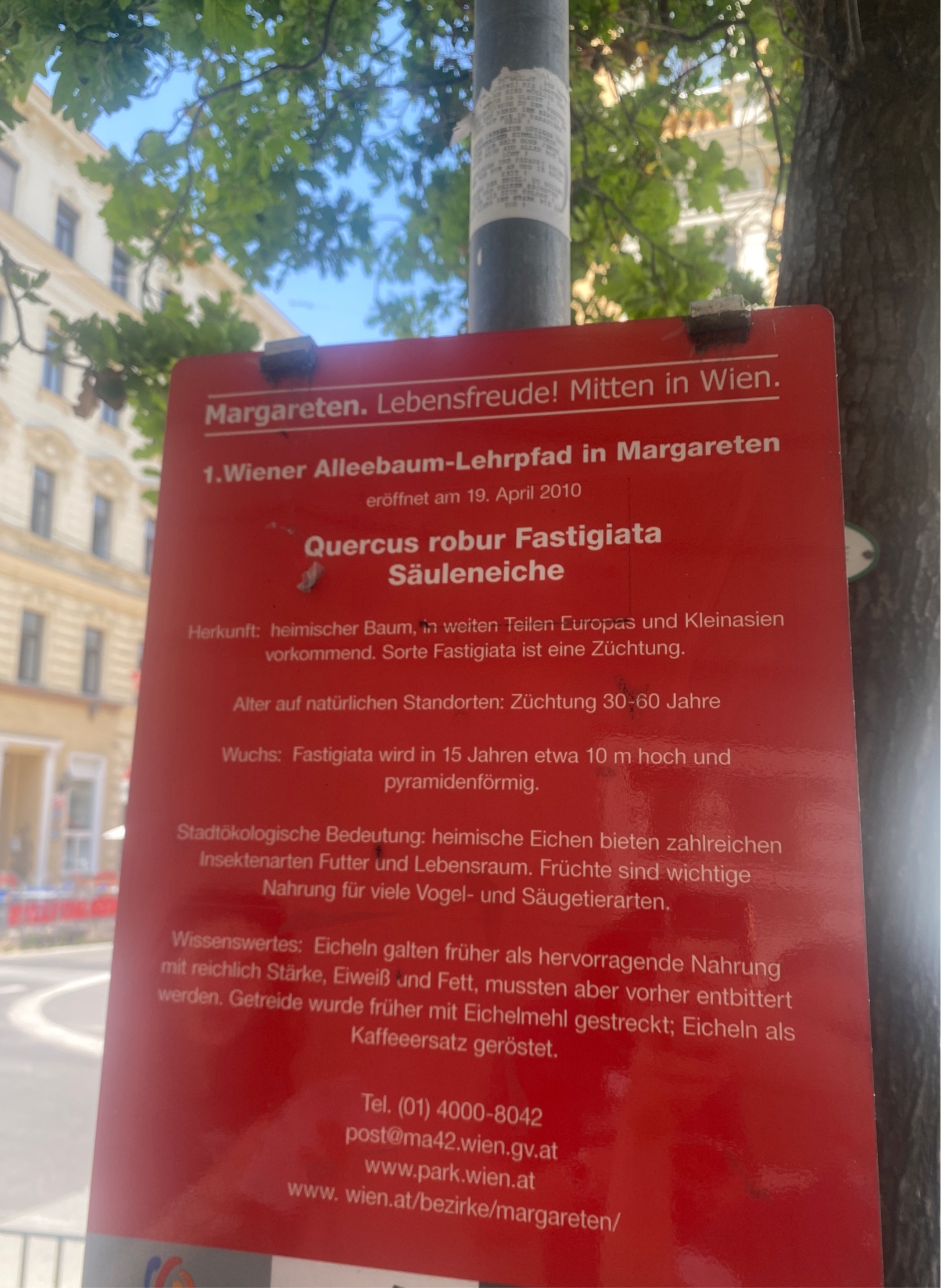
|
84178
|
|
Austria
Wien
|
|
|
LAT: Quercus robur fastigiata
|
VisibLL_VG1
|
|
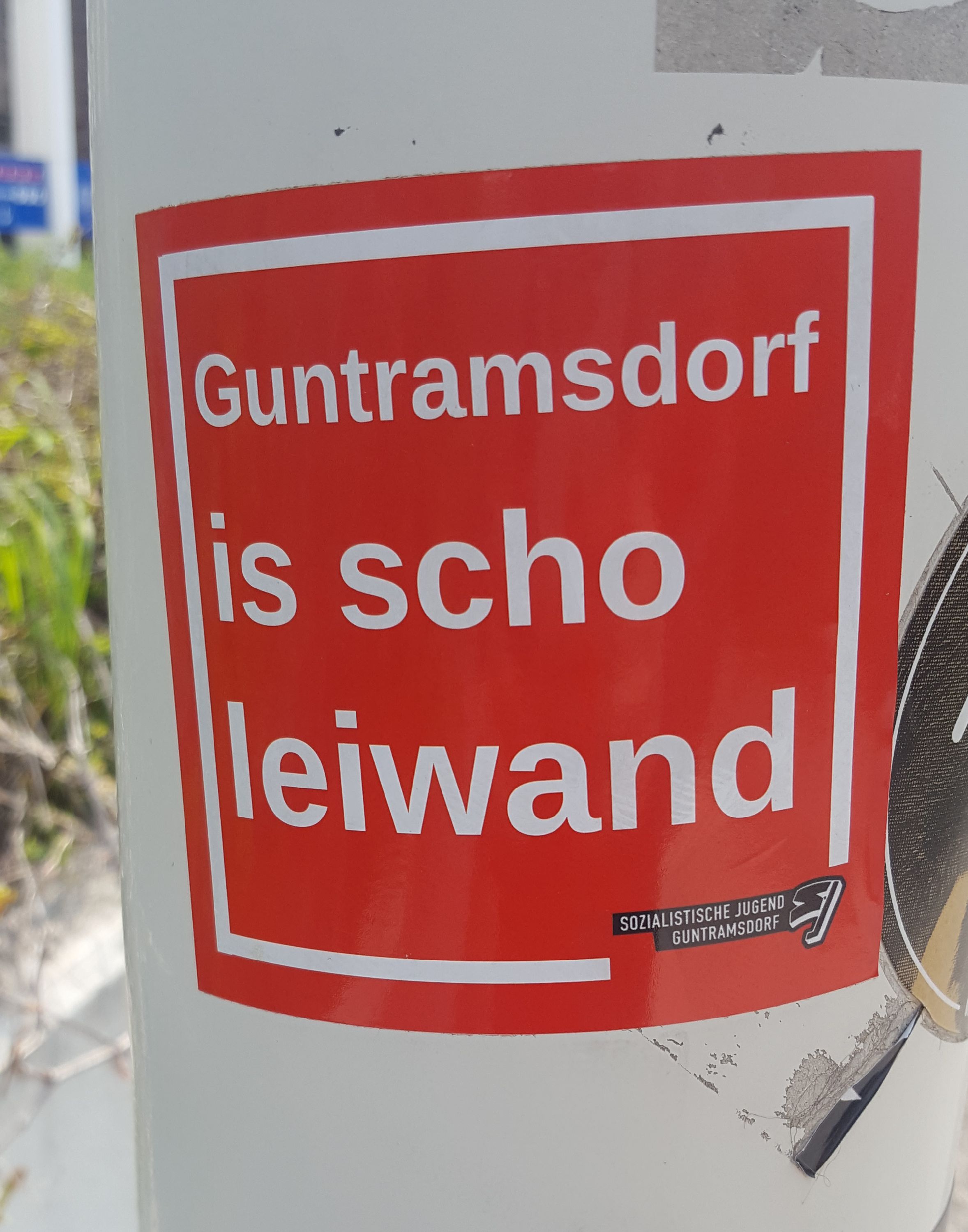
|
18898
|
|
Austria
Wien
|
|
|
#Sticker &Wienerisch @Universität
|
IamDiÖ-CSA19
|
|
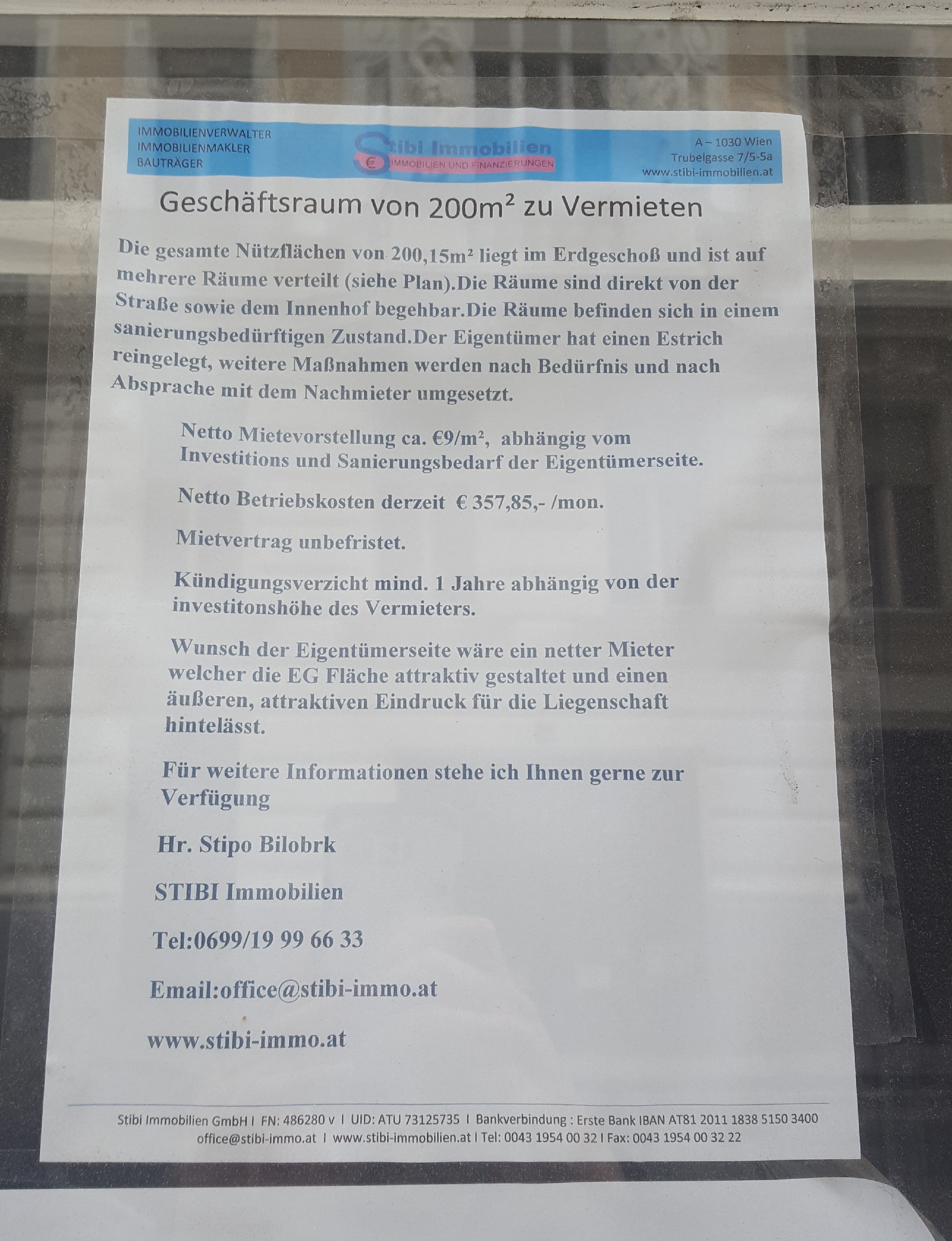
|
19154
|
|
Austria
Wien
|
|
|
#Aushang
|
IamDiÖ-CSA19
|
|

|
84690
|
Gecko
|
Austria
Wien
|
|
|
sun stone
|
VisibLL_VG2
|
|
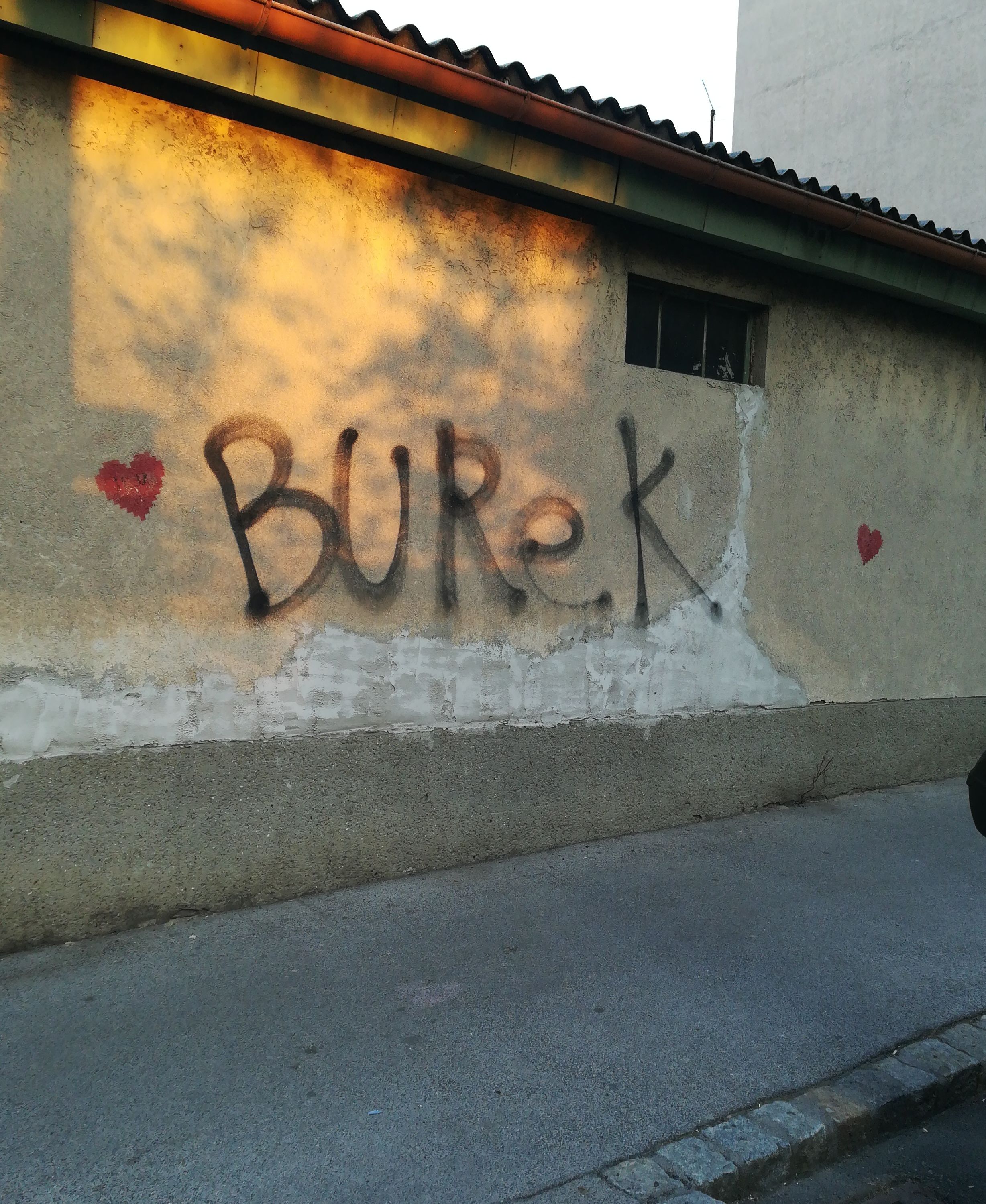
|
19410
|
|
Austria
Wien
|
|
|
Burek
|
Beč - Wien
|
|